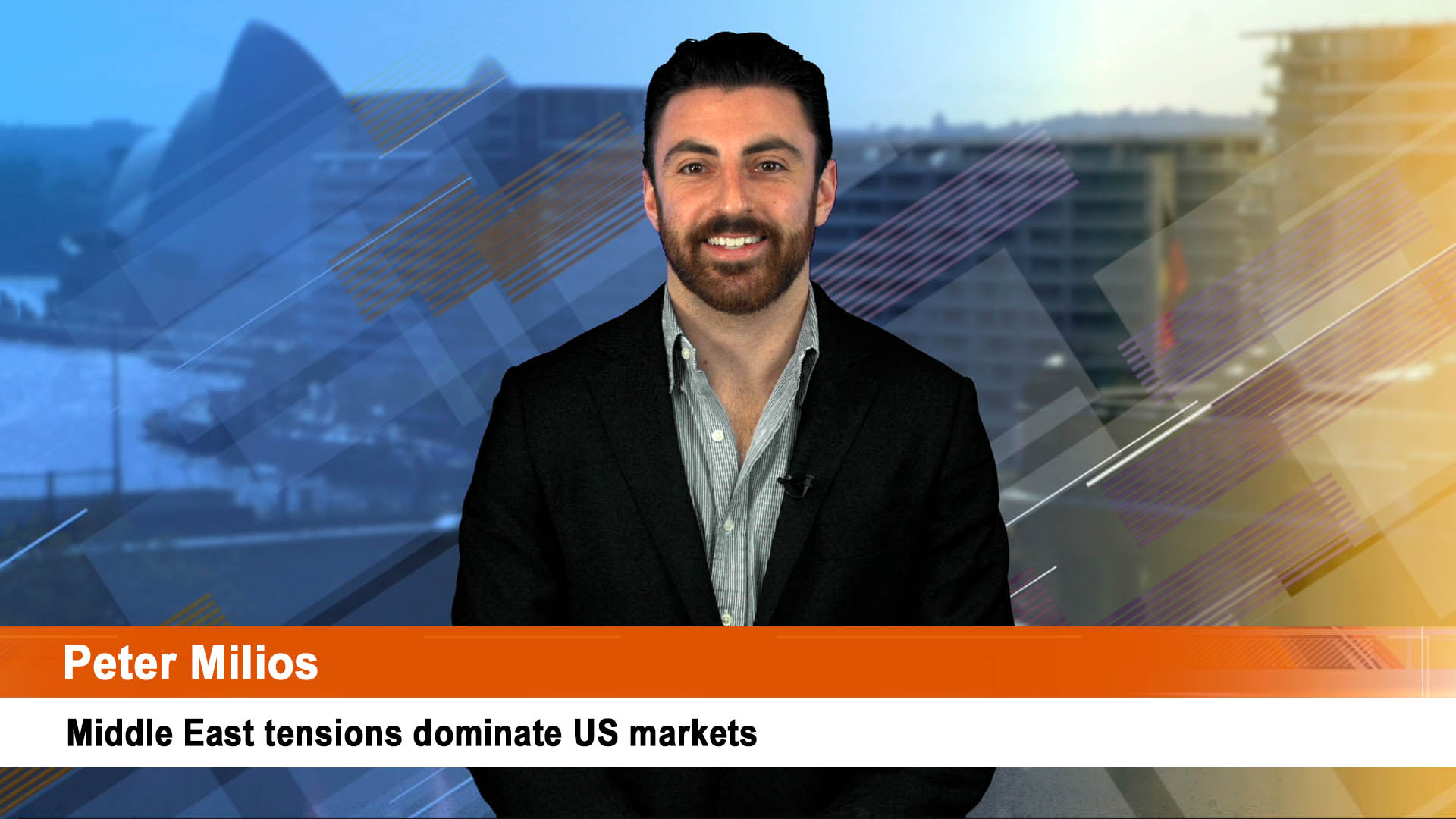The Dow closed down 12 points while the S&P lost 0.2% to 1875 as the Nasdaq fell 0.8%.
Australia’s March quarter headline CPI came in at 0.6% growth quarter on quarter against expectations of 0.8% for an annual rate of 2.9% against 3.2% expectation. More importantly, the trimmed mean came in at 0.5% against 0.7% for 2.6% against 2.9%. At 2.6%, Australia’s core rate of inflation remains well inside the RBA’s 2-3% comfort zone, just as the central bank suggested it would.
HSBC’s flash estimate of China’s April manufacturing PMI came in at 48.3, up from 48.0 in March and just shy of a 48.4 expectation. The result indicates the sector is continuing to contract, but at a slightly slower pace.
Put the two together and the Aussie is down 0.4% to US$0.9288, with almost all of the drop occurring on the CPI release. Had the core CPI number come in at 2.9% as expected, or worse, 3% or more, there would have been real fear of an RBA rate rise before year-end. A rise at this stage – before the Australia economic transition away from mining construction and back into a more balanced model of housing construction, consumer spending and general business investment has taken root – would derail positive sentiment in the stock market.
Instead, the ASX 200 yesterday rose to a new post-GFC high at 5517. It’s not yet enough to suggest 5500 has been sufficiently conquered, but any new high is a bullish technical signal in the short term. Wall Street, although weaker, didn’t fall on its Facebook last night which is probably why the SPI Overnight is up 20 points or 0.4%. “Blue sky” has that effect. (It’s not really “blue sky” until we surpass 6828, but after six years it feels like it.)
Wall Street lacked volatility last night, for once, and eased back a tad as the market waited for some sort of confirmation that the “new world” is indeed not just a fantasy and that sky-high PEs have longer term justification. Apple and Facebook were to report after the bell.
Initial weakness, and the end to the S&P’s six-day winning streak, was driven by a 14.5% plunge in new home sales in March to 384,000, the lowest level since July. Economists had expected sales to rise to 450,000 from February’s 440,000. Lingering concerns over a second US housing bubble must now have faded.
Markit’s flash estimate of its US April manufacturing PMI (which is not the same as the widely recognised ISM number) showed a tick down to 55.4 from 55.5 in March. Markit’s flash of the eurozone composite (manufacturing plus services) PMI rose to 54.0 from 53.1 in March.
The closing bell rang and Wall Street held its breath for two of the most significant earnings results in the season.
Facebook posted a beat on both top and bottom lines and is up 3.7% in the after-market, while Apple smashed earnings expectations and announced a 7:1 stock split, as well as an increased share buyback and an 8% dividend increase. Put it together and Steve Jobs would be rolling in his grave, but the stock is up 7.7% in the after-market.
Steve Jobs infamously ensured Apple remained a cash cow, not just because the company avoided paying tax by whatever means but because he was reluctant to reward shareholders for success of his i-Things. The new CEO has answered the critics and introduced more favourable capital management, and importantly the stock split will finally render America’s second biggest company (give or take, it moves around a bit) eligible for inclusion in the Dow. As a price average, the DJIA has a maximum share price limit on entry.
Inclusion is not automatic, is still at the discretion of the venerable keepers of the Dow, and may not happen this year. And the Dow is these days just a symbolic anachronism, but the kudos of inclusion does tend to feed into greater recognition. It would be the first “new world” adjustment for the index since Microsoft was included in 1999.
These after-market results would have helped the SPI Overnight to close strongly, as elsewhere there was little going on last night. The US dollar index is steady at 79.87 and gold is steady at US$1283.70/oz, even as the US announced a token detachment of troops to the Ukraine. The US ten-year yield did, however, decide to fall 4 basis points to 2.68%.
Base metals were steady to slightly weaker on what was a highly anticipated Chinese PMI that did not really deliver much, while not causing any major concern either. Spot iron ore fell US30c to US$112.20/t.
The oils were off a tad, with Brent at US$109.21/bbl and West Texas at US$101.55/bbl.
Today sees a quarterly production report from Atlas Iron (AGO), a quarterly profit result from ResMed ((RMD)), and an interim statement from Henderson Group ((HGG)). Tonight in the US sees the March durable goods number.
Rudi will appear on Sky Business at noon.
And lest we forget, the Australian and New Zealand markets will be closed tomorrow for Anzac Day.












